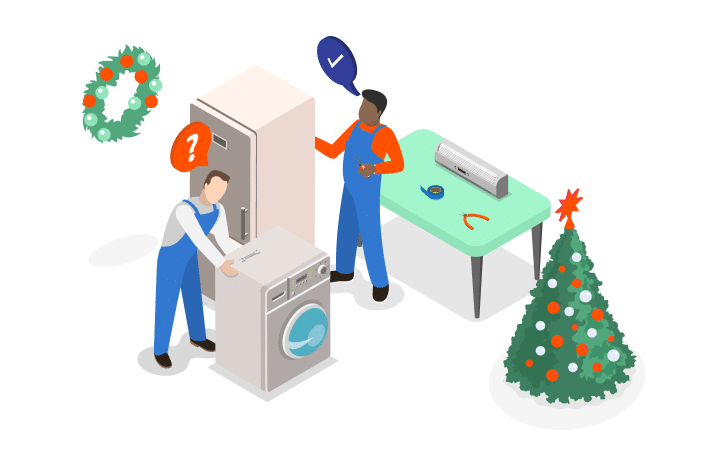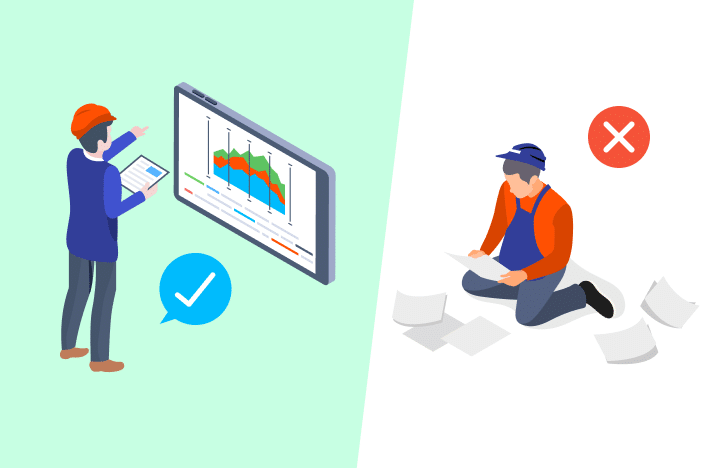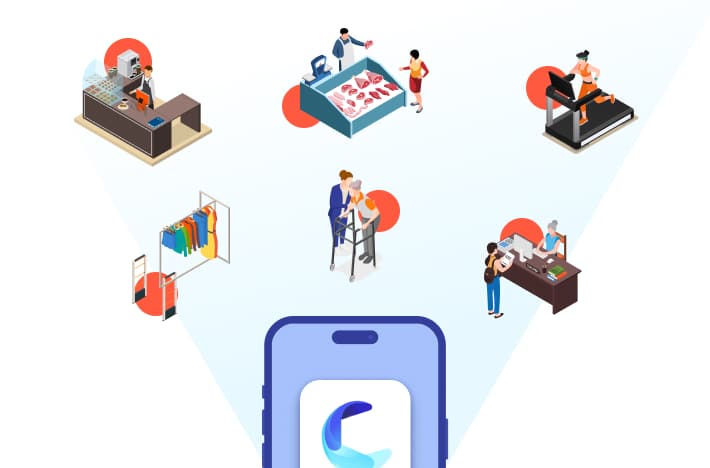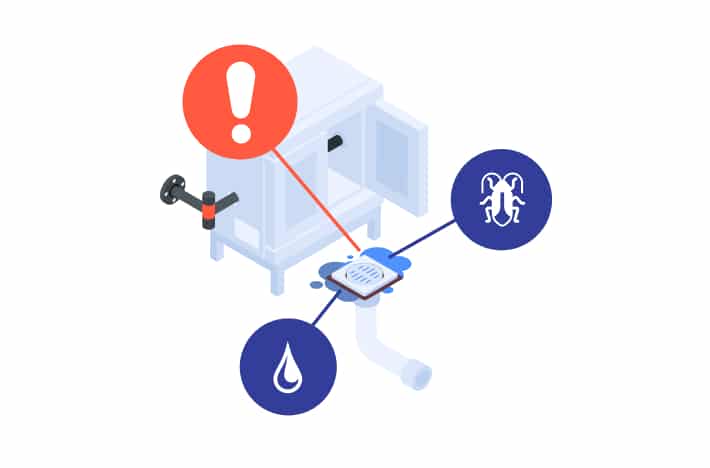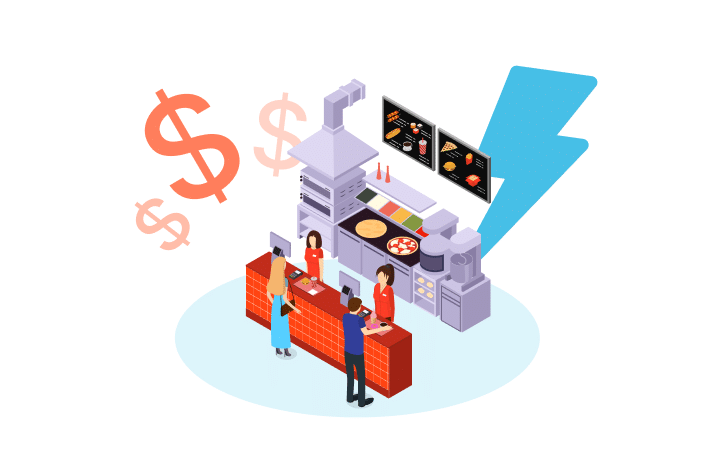Guest writer Cathy Goodwin is an expert FoodService Equipment Consultant with 35+ years of industry experience. She runs a highly successful Food Equipment Consultancy business, and her career has spanned fields ranging from hospitality to product development.
The summer holiday period in Australia is a very prosperous time for the hospitality industry. It is a time when family and friends get together to celebrate, often eating and drinking out. Cafes, restaurants and fast food venues get very busy, so planning ahead is imperative to ensure you enjoy the fruits of your labour and don’t pour your hard earned profits down the drain.
After all, you would never take a long road trip without checking your vehicle for fuel, water, oil, wiper blades and tyre pressure. Expensive catering equipment is always on a long road trip, and the consequences of a breakdown during the Christmas and New Year holiday period can be catastrophic to your business.
Here are my tips to ensure you reduce the risk of a problem and what you can do to be prepared if there is a breakdown and avoid the dishes piling up.
1.Do preventative inspections and servicing now
Get all your major equipment inspected and serviced by a professional now if it has not already been done. This will not guarantee it won’t break down, but will significantly reduce the chances.
2.Collect user manuals
Find your equipment user manuals or download them from the manufacturer website. Put them where you can find them. Most user manuals have a troubleshooting section and often you can resolve problems quickly yourself.
3.Set expectations for emergency costs
Have the phone number of a 24/7 emergency repairer available (plumber, electrician, catering equipment repairer). Contact them before the holidays start to understand what information you will need to provide to them to be able to help you should the need arise, and how much it will cost you for an after hours call out.
4.Check fridges and freezers
Check if the gas pressure is okay, if fans are all working, the condenser is clean, drains are clear and door seals are in good condition – no funny rattling noises!
5.Check dishwashers and glass washers
Make sure all the hoses and connections are in good condition, drain lines are clear, wash and rinse arms (top and bottom) are clean and clear, doors and hoods open and close easily, and there are adequate chemical supplies.
6.Check cooking equipment
Make sure all the hoses, power leads, connections and knobs are in good condition.
7.Check the ice machine
Make sure all the hoses and connections are in good condition, drain lines are clear, water filter is in date, condenser is clean and the evaporator is descaled and has been sanitized within the last 6 months.
8.Check countertop appliances
Make sure all appliances are clean and power leads are in good condition. Pay extra attention that the chains on any conveyor toasters are in good condition, too.
9.Have a back up plan
Have extra staff on stand by to come in and hand wash if the dishwasher stops working and be ready to move stock if a fridge or cool room goes down. Get the contact details of a portable cool room if you have no other option, and details for a bagged ice supplier if the ice machine stops working.
By following these simple steps, you can make sure your business is as prepared as possible for any unexpected breakdowns.
